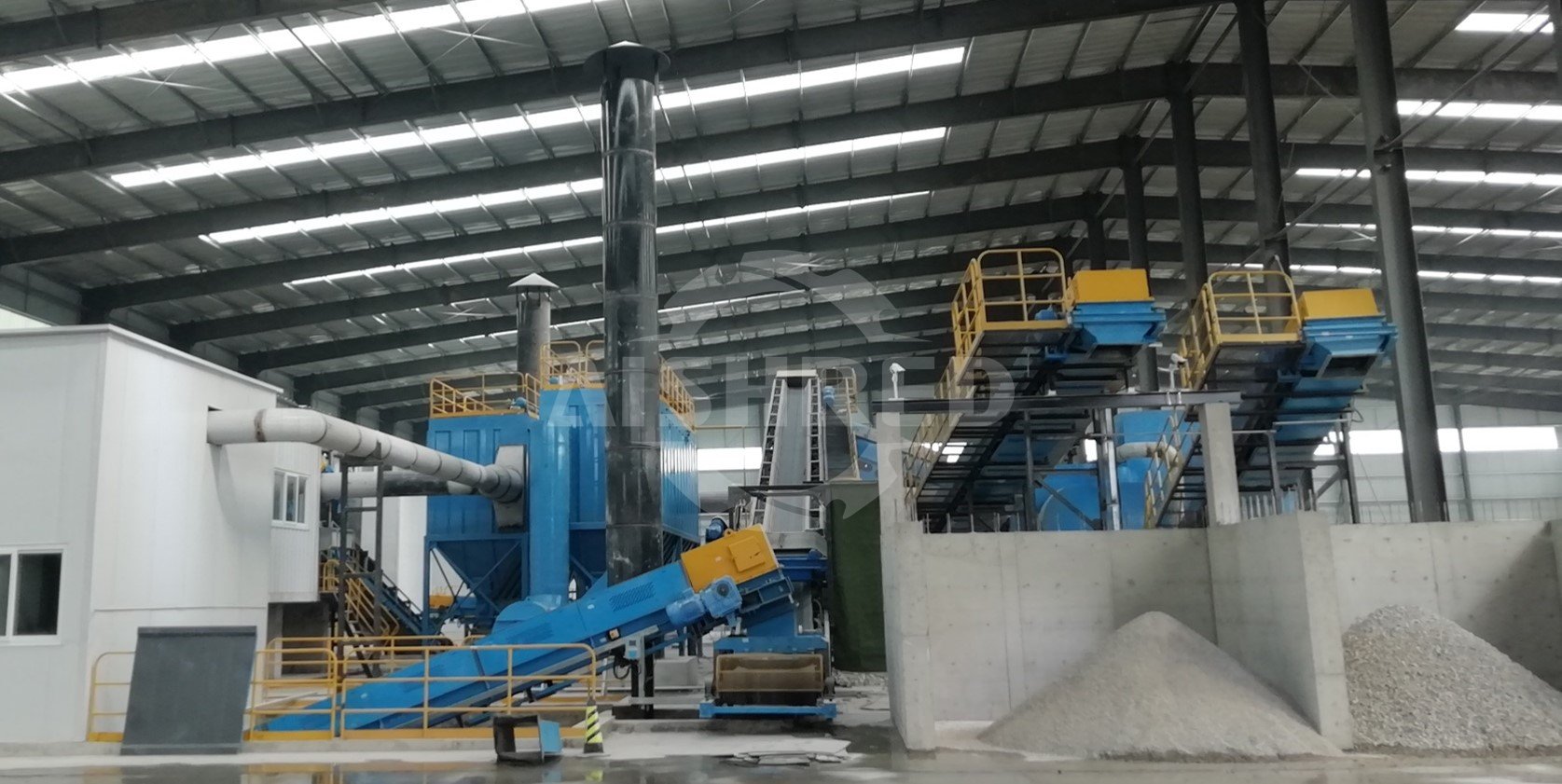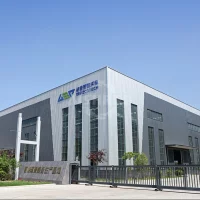A typical construction waste crushing line consists of equipment like jaw crushers, impact crushers, and multi-layer vibrating screens. During operation, the combination of material properties and required output granularity inevitably leads to the generation of significant dust. Without an effective dust control system, this can result in serious environmental pollution, pose health risks to workers, and even trigger complaints from surrounding communities or penalties from environmental authorities. Efficient dust suppression has therefore become a critical challenge in the resource utilization of construction waste.
In a recent construction waste recycling project, our client emphasized the importance of dust control throughout the production line. GEP ECOTECH has long been committed to delivering economical, practical, and intelligent solid waste treatment solutions tailored to customer needs. For dust control in construction waste recycling lines, we offer two distinct systems based on application scenarios: wet dust suppression and dry dust collection. Each method has unique advantages and limitations and should be selected based on site-specific requirements.
Wet Dust Suppression
Working Principle: Through spraying or drenching, water captures and binds dust particles in the air. The heavier, water-laden particles then settle or are carried away by water flow.
Advantages
- Lower initial investment: The system setup is relatively simple, typically involving water pumps, pipes, and nozzles.
- Wide coverage and adaptability: Ideal for open or semi-enclosed areas such as stockyards, unloading zones, haul roads, and primary crushing sites. Dust settles into slurry, reducing chances of re-suspension.
- Handles high-viscosity or high-temperature dust: Water can encapsulate sticky dust and help cool down hot flue gases.
- Suited for applications requiring moisture in the final product, such as the production of high-value wet sand.
Disadvantages
- High water consumption: In arid or water-scarce regions, the cost and sustainability of water usage become major concerns.
- Wastewater and sludge management: Wet systems generate wastewater and sludge, increasing treatment complexity and cost.
- Increases material moisture: This can hinder downstream processes, clog screens, lower screening efficiency, and degrade product quality.
- Winter limitations: Water in pipelines and nozzles may freeze in cold regions, requiring antifreeze or insulation measures.
- May cause muddy ground conditions: Particularly in indoor facilities, water accumulation can affect working conditions and equipment mobility, and even pose electrical hazards if cables are exposed.

Dry Dust Collection – Pulse Jet Baghouse System
Working Principle: Dust-laden air passes through porous filter bags, trapping particles on or within the bag material. As dust accumulates, the system initiates a reverse pulse of compressed air to dislodge the dust into a hopper for collection.
Advantages
- Exceptional filtration efficiency: Effectively captures fine dust to meet strict environmental standards.
- Maintains material dryness: Prevents added moisture, ensuring quality for dry aggregate applications.
- No wastewater or sludge: Dust remains in dry powder form, avoiding secondary pollution.
- Enables dust recycling: Collected dry powder (e.g., stone or mineral dust) can be reused as filler or in brick-making.
- Highly automated and stable operation: Features automatic pulse cleaning and ash discharge with minimal maintenance.
- Winter-friendly: No water in the system eliminates the risk of freezing; only duct insulation may be required.
Disadvantages
- Higher upfront cost: Requires investment in dust collectors, filter bags, fans, valves, ducts, and control systems.
- Requires larger installation space for the dust collector and supporting ductwork.
- Operators need specialized training for proper maintenance and operation.
- Less effective on wet or sticky dust: Can lead to "bag clogging" which reduces efficiency and increases resistance.
- Risk of secondary dust emissions: Requires well-sealed unloading mechanisms and enclosed dust transport systems.

In key dust-generating points along mining and construction waste treatment lines, dry dust collectors—particularly pulse jet bag filters—offer outstanding efficiency, making them a preferred choice for high-standard dust control and material recycling. Meanwhile, wet suppression remains a cost-effective and easy-to-implement option for managing unorganized dust sources in large areas or for use as auxiliary cooling.
When you choose GEP ECOTECH, our engineering team will thoroughly assess your project requirements—including budget, environmental targets, material type, water availability, and climate—and develop a comprehensive, economical, and eco-friendly dust control solution tailored to your operations.

